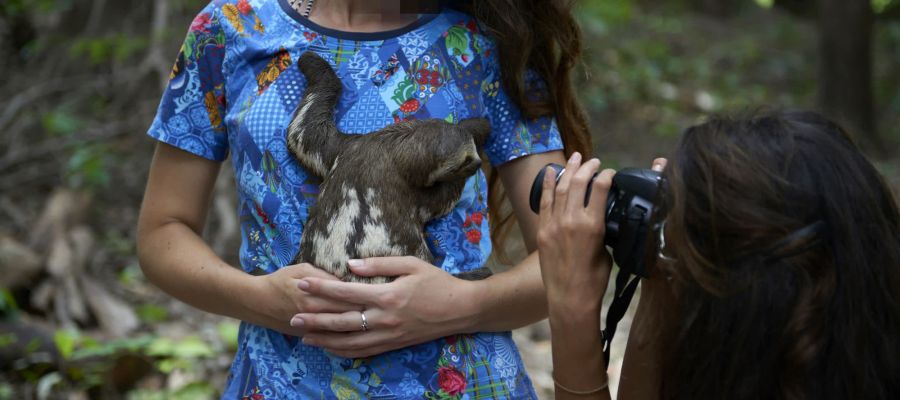I’m sure you’ve seen pictures on the ‘gram of cute baby lion cubs, or orangutan babies being cuddled and cooed at. You’ve probably questioned it but also let it slip into the background as you focus on deadlines and whether you do buy that ticket to fruity or not. Well, those photos aren’t as cute as they appear.
After doing some research and talking to friends, it became evident that no-one really knows much about the illegal wildlife trade, and that’s probably because it isn’t publicised much. So here is the low down.
Animal trafficking is literally what it says on the tin. It is the illegal gathering and transportation of animals or animal products. This can be for the pet trade, bush meat, ornaments and souvenirs, or use in alternative medicines.
You’ve probably heard of rhinos or elephants being killed for their horns and tusks? Why? Because it is believed that the components of the ivory can be used to cure all kinds of ailments. Rhino horn supposedly cures everything from gout, headaches, typhoid, possession by the devil, to an aphrodisiac resulting in you getting a little bit more horn-y (you can laugh or cry at that pun…). But I am going to let you in on a little secret; all a rhino horn contains is keratin. Eating your hair or nails would have the same effect as eating rhino horn and it saves a rhino from being slaughtered. Rhinos receive a double whammy in terms of people going after their horn. It isn’t just used for medicine, it is also a status symbol in countries such as Yemen, where boys who are coming of age are presented with a dagger made of rhino horn. Nice gift if you don’t think about where it came from.
On to the pet trade, and those photos of exotic animals being posed with… You may have been travelling and seen the option to take a photo with a cute animal, such as a sloth for example. And whilst that may seem harmless, the truth is far from it. Sloths are famously slow moving creatures and therefore don’t react very much when picked up. However, research has shown that sloths kept for ‘sloth selfies’ only rest for 2% of the time compared to 56% in the wild. Often the sloth is so stressed it dies after a few months. However, this is no big issue for the traders as they just go out and get another one by cutting down the tree it lives in. Not only this, the sloths kept for the tourist industry are tied up to prevent them from escaping. But the reason for these horrendous living conditions is the increased demand for wildlife selfies, with a 292% increase in the industry since 2014 alone. It makes you think twice before taking a wildlife selfie for the ‘gram.
Finally, the illegal meat trade. Sounds a bit strange and it is probably not what you’re picturing right now. The world’s most trafficked animal, the Pangolin, is estimated to have 100,000 individuals killed each year for their meat and scales. Their meat is considered a delicacy in many countries hence the dramatic yearly loss of pangolins. Now, if you google a picture of this animal, and I suggest you do, you will realise how adorable it is. Whilst the cuteness factor is not a good enough reason to stop eating them, the fact that they are the only full scaled bodied mammal might be good enough. Or the fact that we can’t breed them in captivity, so we need wild populations? Or the fact that we have already drastically reduced their populations? All very valid reasons.
Image source: https://www.worldanimalprotection.org.au/news/iconic-amazonian-wild-animals-are-suffering-selfies

